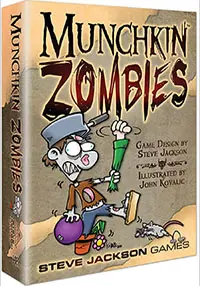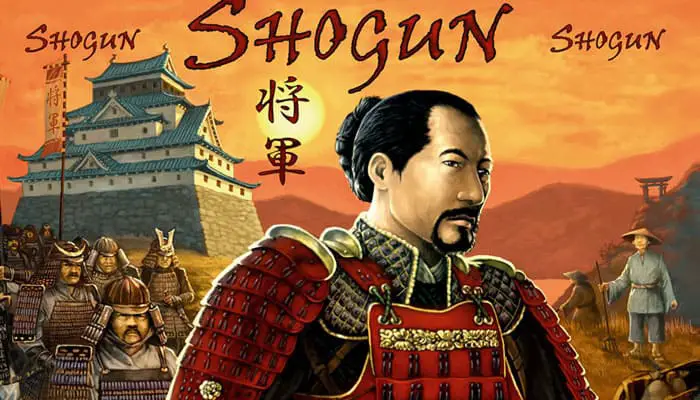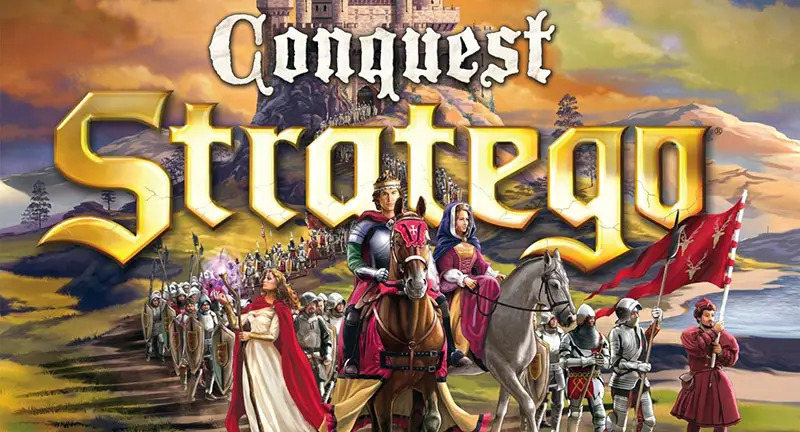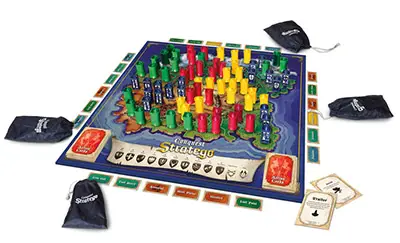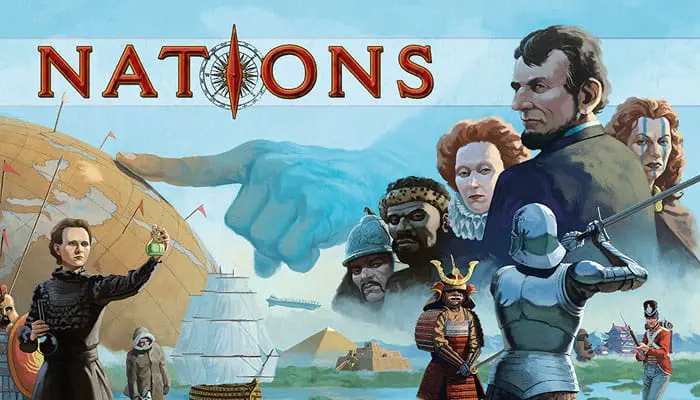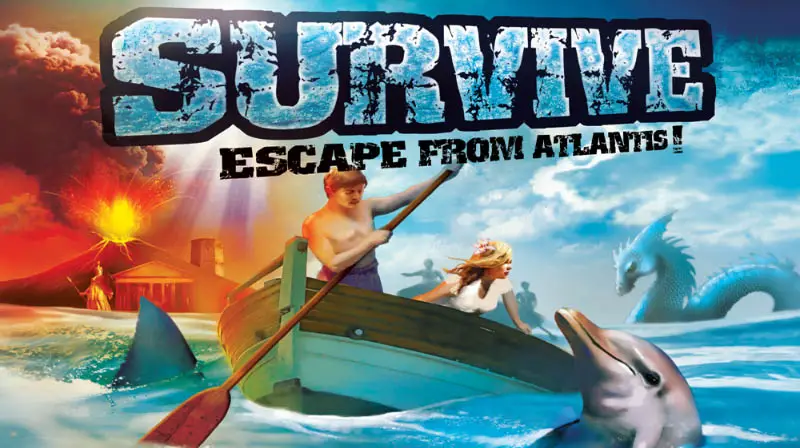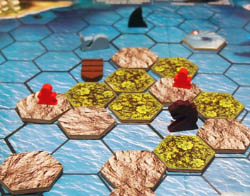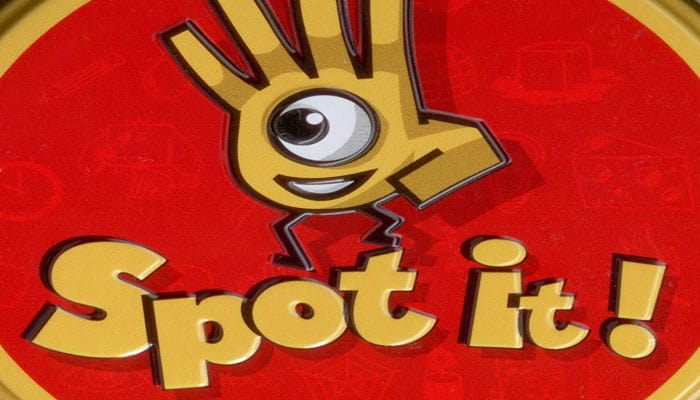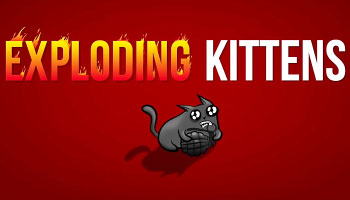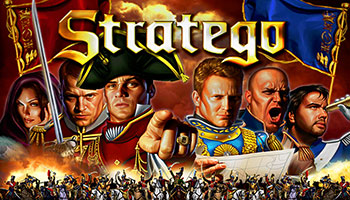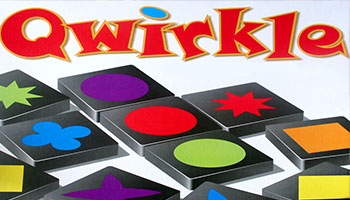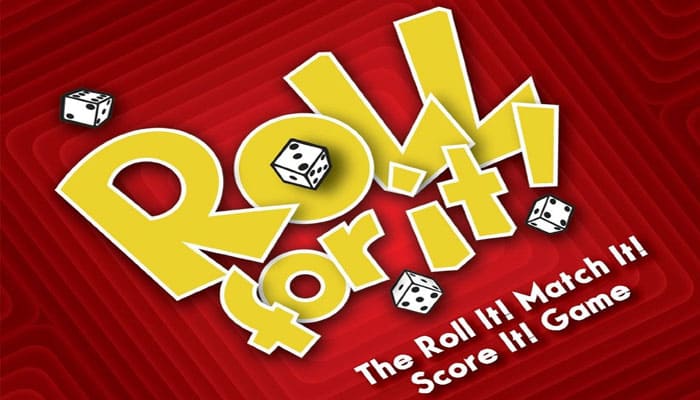
Game Components
- Rules
- 30 Roll For It! cards
- 24 dice (6 dice in 4 colors)

Setup
Each player chooses all six dice of one color.
Shuffle the Roll For It! cards and place the deck face down in the center of the table.
Deal three cards face up. If you're playing with two decks and 5+ players, deal four instead.
All players roll two dice; the highest total goes first.
Tutorial Video
Game Play
Players take turns rolling their dice.
On your turn:
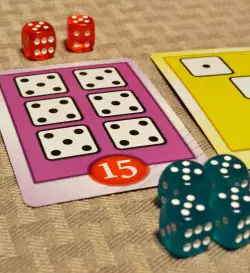
Roll for it! Roll your dice once per turn. The number of dice available for you to roll will change during the game, so you'll want to take great care in managing them as play progresses. …


